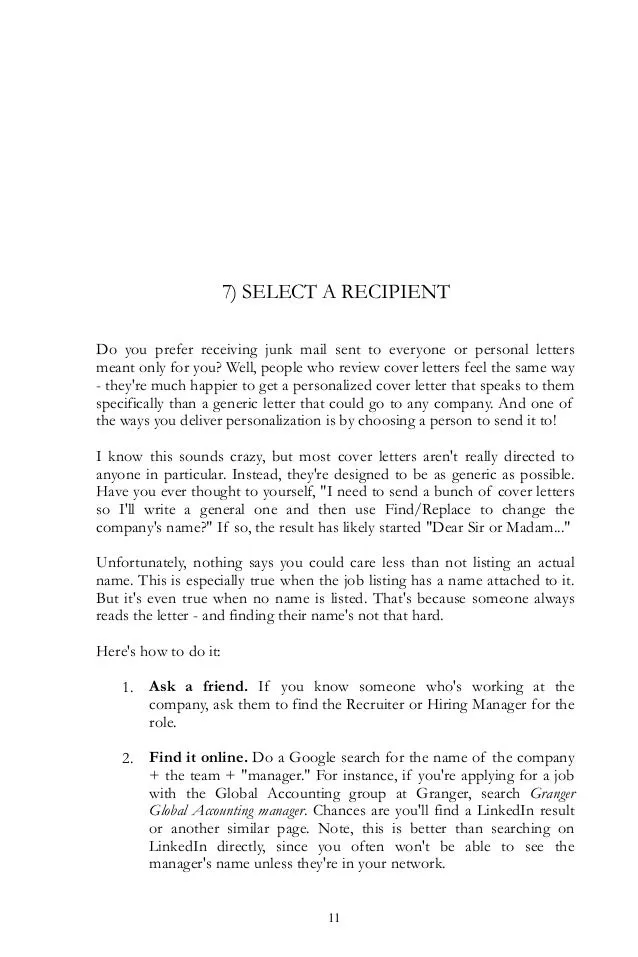In the competitive world of job applications, a well-crafted cover letter can be the difference between landing an interview and being overlooked. Many job seekers underestimate the power of a compelling cover letter, viewing it as a mere formality. However, a cover letter provides a crucial opportunity to showcase your personality, highlight your skills, and explain why you are the perfect fit for the role. This guide will delve into the secrets of writing an impressive cover letter, even when you don’t know the name of the recipient.
Why a Cover Letter is Still Crucial
Despite the increasing use of online applications, the cover letter remains a vital component of a successful job application. It serves as your introduction to the hiring manager, providing context to your resume and allowing you to elaborate on your qualifications. It’s your chance to demonstrate your writing skills, express your enthusiasm for the position, and differentiate yourself from other candidates. A strong cover letter tells a story, connecting your experiences and skills to the specific requirements of the job, setting you apart from applicants who may only submit a resume.
The Purpose of a Cover Letter
The primary purpose of a cover letter is to convince the hiring manager that you are worth considering for an interview. It complements your resume by offering a narrative that highlights your key strengths and accomplishments. A cover letter allows you to address any gaps in your employment history, explain your career goals, and demonstrate your understanding of the company and the role. It should be a persuasive document, selling your skills and experience in a way that a resume cannot. A well-written cover letter showcases your communication skills and your ability to think critically about the role.
Cover Letter Structure Without a Recipient
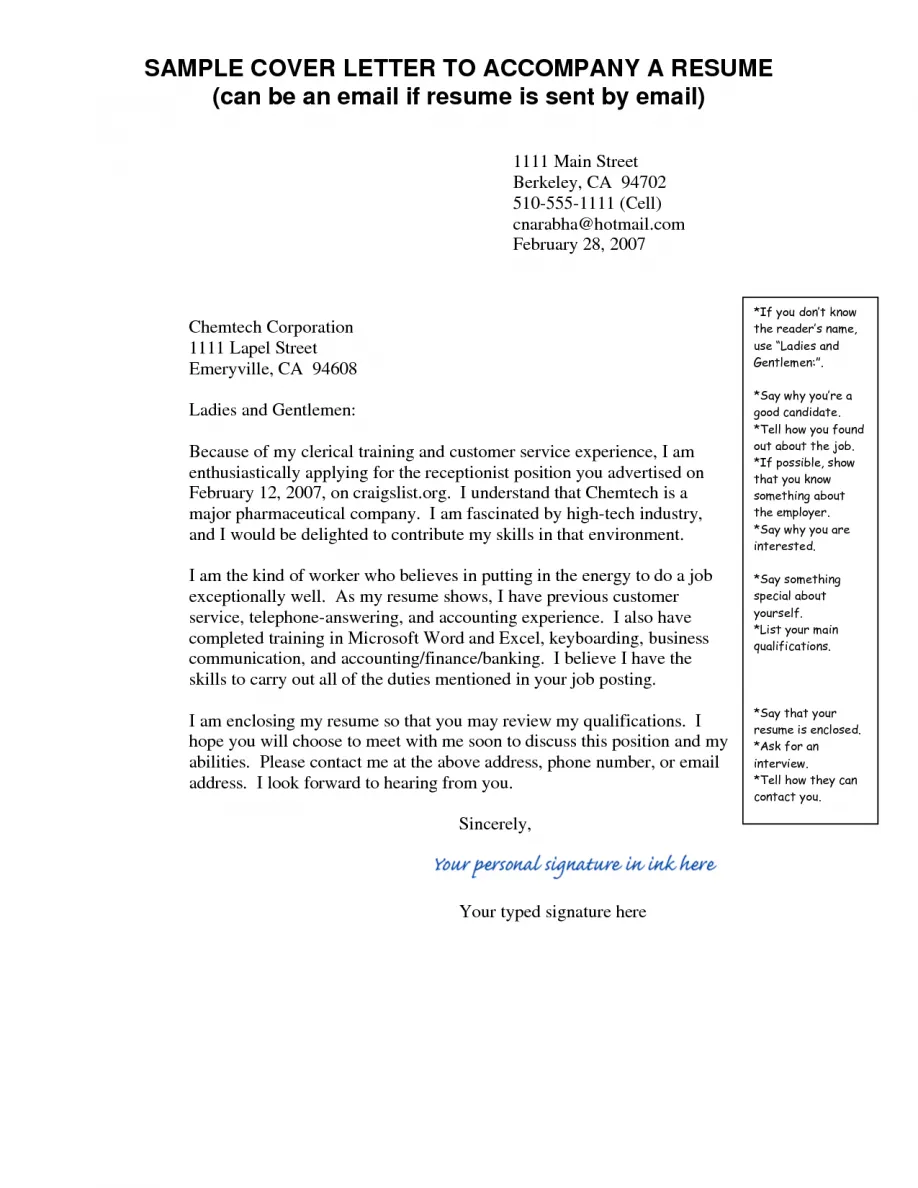
When you are unable to find the hiring manager’s name, the structure of your cover letter needs careful attention. The traditional approach of addressing the letter to a specific individual is impossible, but there are strategic ways to maintain a professional tone and create a favorable impression. This requires an understanding of the best practices for formatting the header, salutation, opening, body, and closing sections.
Header Essentials for an Impressive Cover Letter
Contact Information
Begin your cover letter with your contact information, including your name, phone number, email address, and optionally, your LinkedIn profile URL. This should be clearly visible at the top of the page. Ensure the information is accurate and up-to-date to facilitate communication from the employer. Using a professional email address is essential; avoid informal or unprofessional email handles, as they can create a negative first impression. Double-check your phone number for accuracy to prevent any missed opportunities.
Date and Salutation
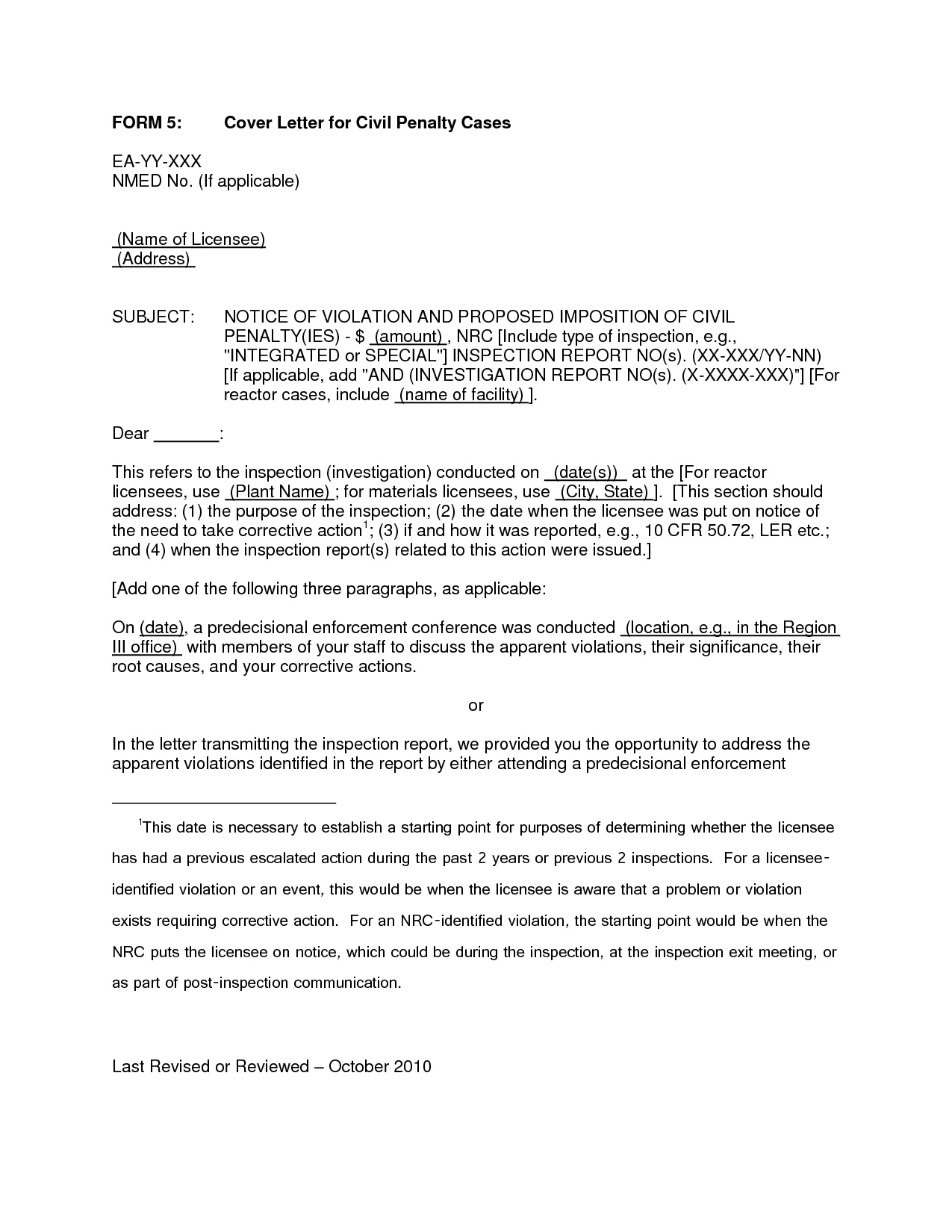
Include the date directly below your contact information. Following the date, the salutation should be carefully chosen. When the hiring manager’s name is unavailable, using a general greeting such as “Dear Hiring Manager” or “Dear [Department Name] Hiring Team” is appropriate. Avoid overly casual greetings. Ensure the greeting aligns with the company’s culture and your profession. If you know the specific job title or department, incorporating this information can make your letter more personalized and professional.
Crafting the Opening Paragraph
Grabbing Attention Immediately
The opening paragraph is your chance to grab the reader’s attention and make a strong first impression. Instead of a generic introduction, start with a statement that highlights your passion for the role or your understanding of the company’s mission. You could also mention a specific achievement or skill that directly relates to the job requirements. Clearly state the position you’re applying for. Show, don’t just tell. For example, begin with an anecdote or a relevant achievement, rather than a bland phrase like “I am writing to apply for the position of…”
Highlighting Relevant Skills and Experience
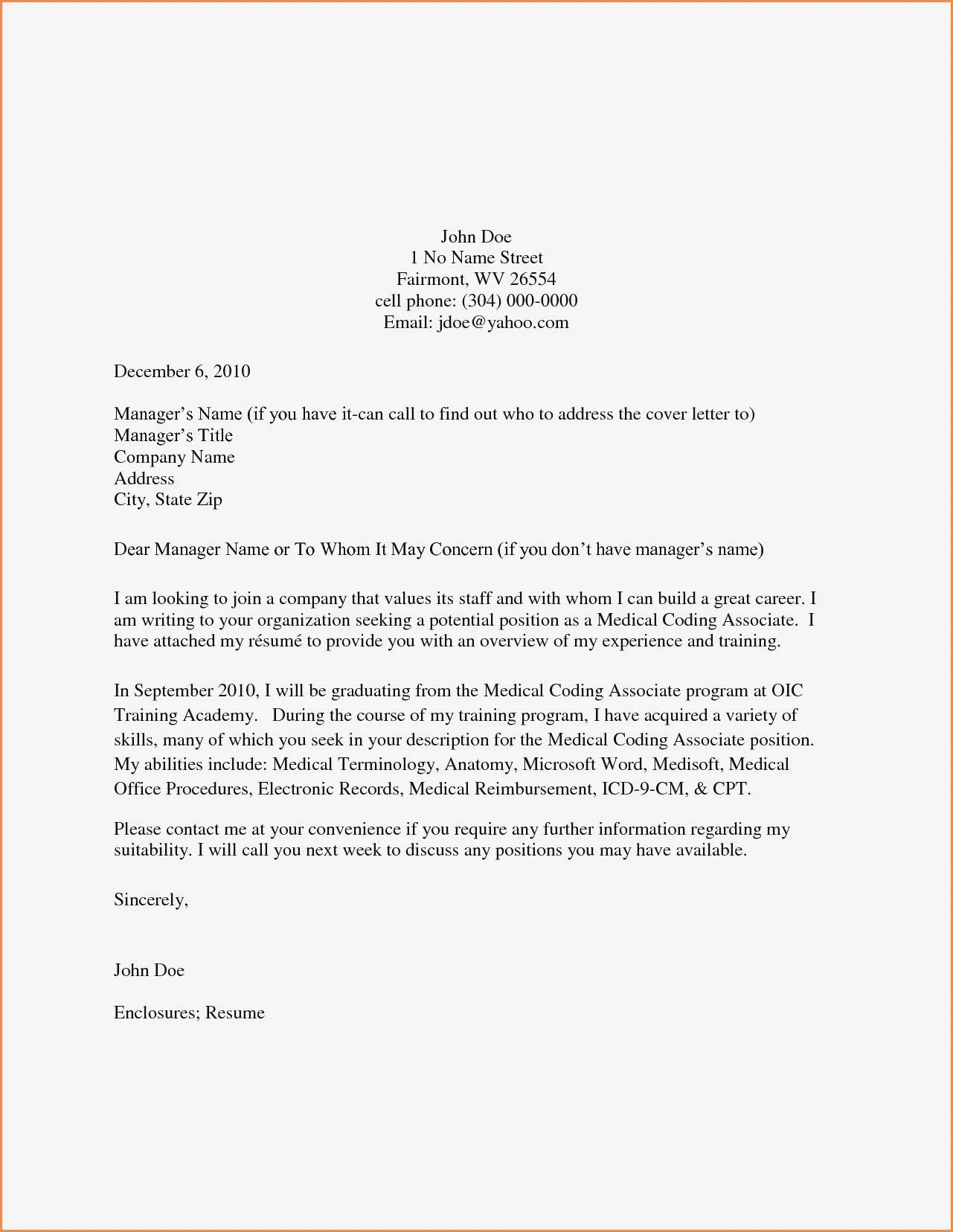
The body of your cover letter should expand on your skills and experiences, highlighting how they align with the job requirements. Review the job description carefully and tailor your letter to address the specific needs of the role. Use strong action verbs to describe your accomplishments, and quantify your achievements whenever possible to demonstrate the impact of your work. Provide specific examples that showcase your expertise. Show how your skills and experience translate into value for the company.
Tailoring Your Letter to the Job Description
Customizing your cover letter to each job application is a key to success. Carefully read the job description and identify the key requirements and keywords. Then, adjust your letter to address these specific requirements. Highlight relevant skills, experiences, and accomplishments that match the needs of the employer. Avoid using a generic template; personalization is crucial. Use the same language and terminology as the job posting to demonstrate your understanding of the role. This targeted approach increases your chances of getting noticed by the hiring manager.
Quantifying Achievements
Instead of merely listing your responsibilities, use numbers and data to demonstrate the impact of your work. Whenever possible, quantify your achievements to show the results you’ve delivered. For example, instead of saying “Managed social media accounts”, write “Increased social media engagement by 30% in six months”. Quantifiable achievements provide concrete evidence of your capabilities and help you stand out from other applicants. Use metrics to demonstrate your contributions and value.
Demonstrating Company Knowledge
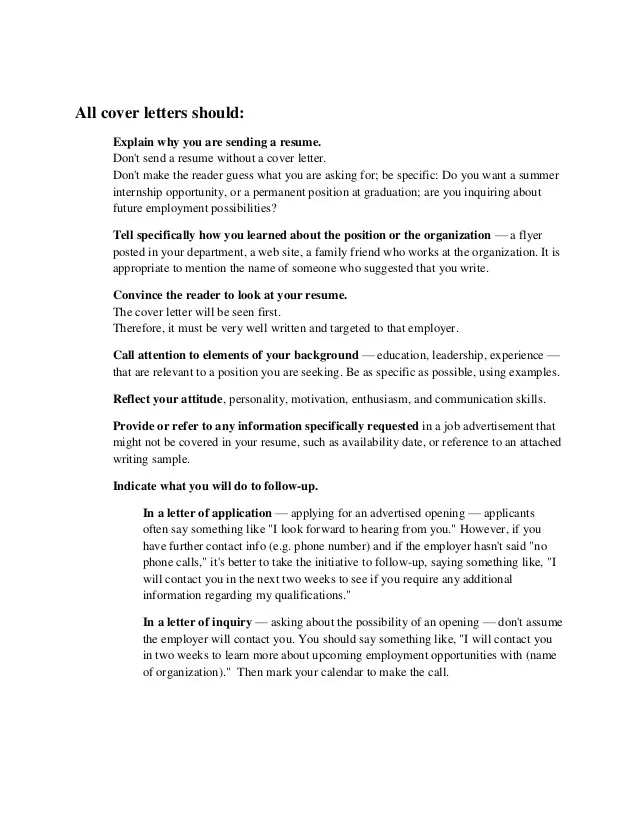
Show the hiring manager that you’ve done your research by mentioning the company’s recent projects, mission, values, or industry trends. This demonstrates genuine interest and a proactive approach. Research the company’s website, social media, and recent news to gather relevant information. Mentioning specific initiatives or achievements can also make your letter more tailored to the organization. Show that you understand the company’s goals and how you can contribute to their success.
Writing the Closing Paragraph
Expressing Enthusiasm and Next Steps
Your closing paragraph should re-emphasize your enthusiasm for the position and the company. Clearly state your interest in an interview and how you plan to follow up. Thank the hiring manager for their time and consideration. Include a call to action. Make it easy for the hiring manager to contact you. Be concise, and avoid any negative language or clichés. Proofread the closing paragraph carefully to ensure a professional and confident tone.
Proofreading and Formatting
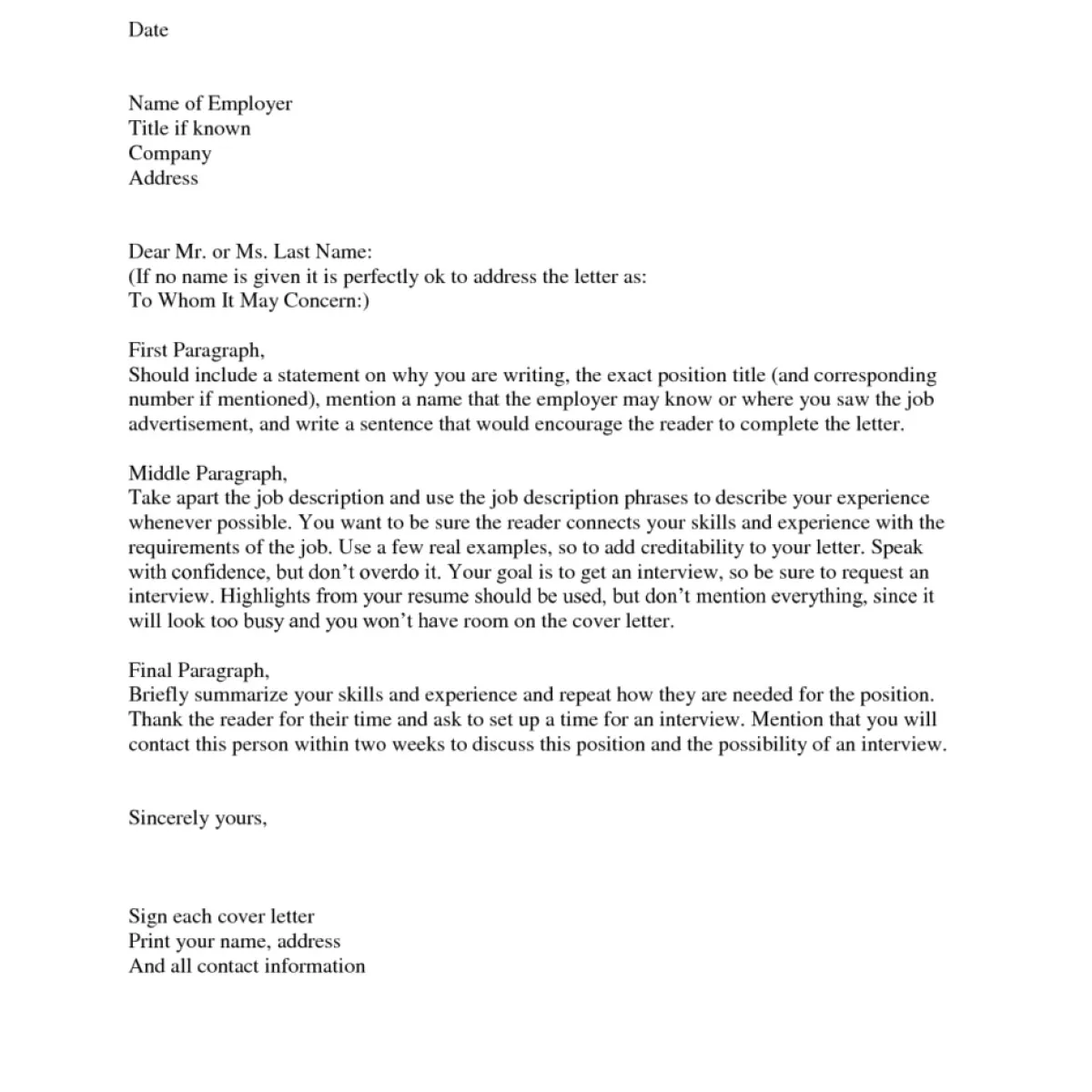
Ensuring Clarity and Professionalism
Before submitting your cover letter, proofread it meticulously for any grammatical errors, typos, or formatting inconsistencies. A polished and error-free letter reflects your attention to detail and professionalism. Use clear and concise language, and avoid jargon or overly complex sentences. Make sure the formatting is consistent throughout the document, including font, spacing, and margins. Consider having a friend or colleague review your letter to catch any mistakes you may have missed.
Avoiding Common Mistakes
Avoid common mistakes such as using generic templates, repeating information from your resume, or including negative information about past experiences. Ensure your cover letter aligns with the job requirements. Don’t use the wrong name (if you find one). Focus on what you bring to the table. Avoid vague statements; provide specific examples and quantifiable results. Keep the tone professional. Proofread carefully to catch errors.
Generic Salutations and Alternatives
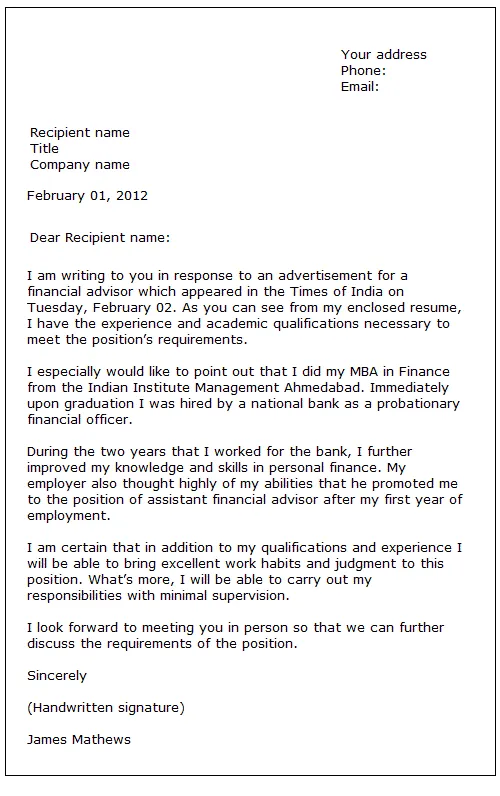
When the name of the hiring manager isn’t available, use appropriate alternatives, such as “Dear Hiring Manager,” “Dear [Department] Team,” or “To Whom It May Concern.” Research to see if the hiring manager or a contact person can be identified via LinkedIn or the company website. Always use a professional greeting. Avoid using casual greetings like “Hi there” or “Hello.” Ensure your greeting aligns with the company’s culture and the tone of your letter.
Tone and Style
Maintain a professional and enthusiastic tone throughout your cover letter. Use clear, concise language and avoid jargon. Tailor your writing style to match the company culture and the job’s requirements. Show confidence in your skills and abilities. Balance your accomplishments with your eagerness to learn and contribute to the team. Be authentic, and let your personality shine through. Use active voice and action verbs. A well-written cover letter demonstrates your communication skills.
Length and Brevity
Keep your cover letter concise and to the point, ideally one page in length. Hiring managers are busy and appreciate efficiency. Focus on the most relevant information and highlight your key strengths. Be clear and direct in your communication, and avoid unnecessary details. Choose the most important points and summarize them in a compelling way. Consider using bullet points for emphasis, but keep the letter easy to read.
Writing an impressive cover letter, even without knowing the recipient’s name, requires careful planning, strong writing skills, and a keen understanding of the job requirements. By following these tips, you can create a compelling cover letter that will capture the hiring manager’s attention and increase your chances of landing an interview. Remember to highlight your skills, quantify your achievements, and demonstrate your genuine interest in the role and the company. Good luck with your job search!
